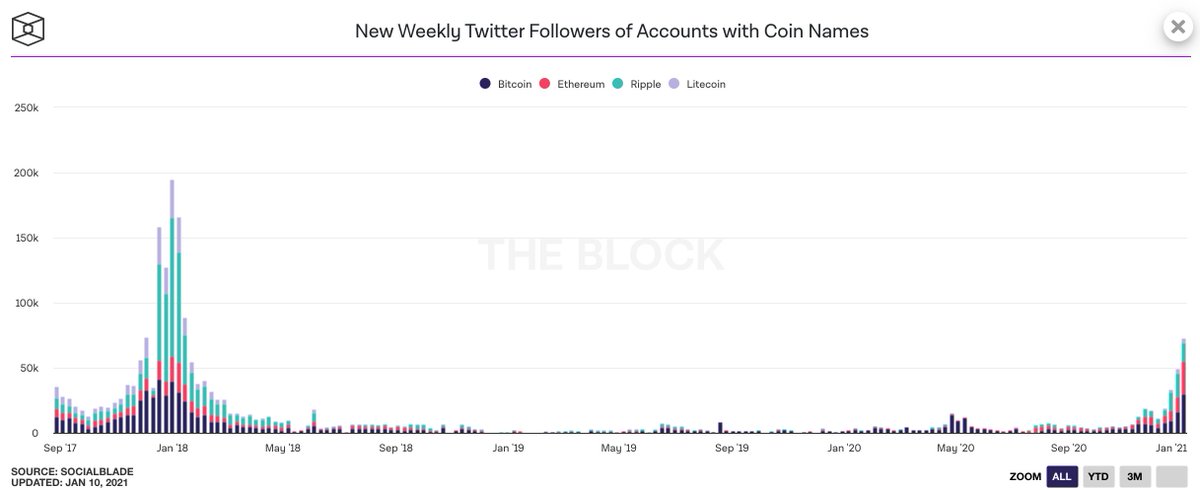
1/6
Shortly, Curve will start supporting a new @synthetix_io feature - ‘Virtual Synths.’ Presumably, this will open the door to infinite liquidity for large trades.
Along with this, Synthetix Exchange had record trading volumes a few days ago.
But is everything so good?
Shortly, Curve will start supporting a new @synthetix_io feature - ‘Virtual Synths.’ Presumably, this will open the door to infinite liquidity for large trades.
Along with this, Synthetix Exchange had record trading volumes a few days ago.
But is everything so good?

2/6
A week and a half ago, @lawmaster noticed that all these volumes belong to a few specific addresses.
For some reason, these addresses were using the new ‘Multi-Collateral Loans’ feature, although they were not receiving any visible profits.
A week and a half ago, @lawmaster noticed that all these volumes belong to a few specific addresses.
For some reason, these addresses were using the new ‘Multi-Collateral Loans’ feature, although they were not receiving any visible profits.
https://twitter.com/lawmaster/status/1344010326891782145
3/6
Without these “wash” traders and the DeFi summer mania we experienced, volumes on Synthetix rarely exceed 1 million.
And to a great surprise, people rarely use DEX aggregators to trade “synth-synth,” despite the ads.
Without these “wash” traders and the DeFi summer mania we experienced, volumes on Synthetix rarely exceed 1 million.
And to a great surprise, people rarely use DEX aggregators to trade “synth-synth,” despite the ads.
https://twitter.com/synthetix_io/status/1336355841868488709
4/6
Until March 2020, the exchange was actively used by frontrunning bots for profit, but possibly one of the updates put an end to this.
From that moment on, Synthetix began to be used mainly through the front-end and by simple bots that did not need atomic transactions.
Until March 2020, the exchange was actively used by frontrunning bots for profit, but possibly one of the updates put an end to this.
From that moment on, Synthetix began to be used mainly through the front-end and by simple bots that did not need atomic transactions.

5/6
If we consider the trades that were not caused by interaction with the Synthetix proxy contract, we will clearly see an increase in popularity for @dHedgeOrg.
In part, this may be because this project has found the right market fit.
If we consider the trades that were not caused by interaction with the Synthetix proxy contract, we will clearly see an increase in popularity for @dHedgeOrg.
In part, this may be because this project has found the right market fit.

6/6
Perhaps after launching virtual synths, Synthetix itself will be able to find a market fit.
The main thing is that it will not consist in the fact that very smart bots profit from the loss of SNX stakers, whose number is increasing.
Perhaps after launching virtual synths, Synthetix itself will be able to find a market fit.
The main thing is that it will not consist in the fact that very smart bots profit from the loss of SNX stakers, whose number is increasing.

• • •
Missing some Tweet in this thread? You can try to
force a refresh
















